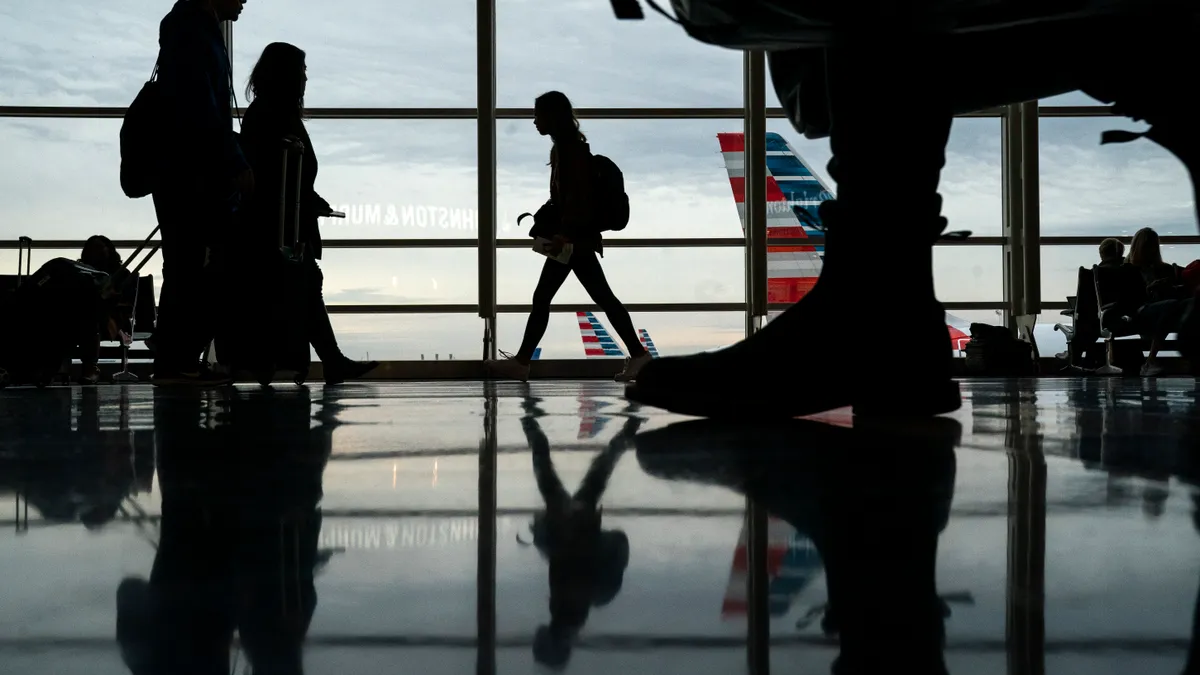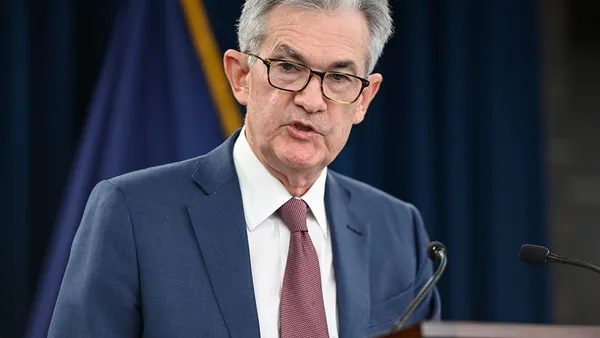The COVID-19 pandemic took a toll on the travel industry with lockdowns leaving airports and hotels vacant.
But, as pandemic restrictions have eased, travel spending has continued to increase, and was 4% above 2019 levels in January. Other signs of a travel industry improvement include that as of mid-January, just over half of all Americans (52%) are planning to travel for leisure in the next six months, according to the February Recovery and Growth Insights Data from the U.S. Travel Association.
“I think people value their vacations more than they ever have,” said Mike Hug, CFO of Travel and Leisure Co. in an interview.
Hug started his career in public accounting at Ernst & Young back in 1988, and has been the CFO of the timeshare company since 2002.
“I don't know that I ever set out with the goal that I want to be a CFO, but I did set out with the goal of continuing to get better, and to continue to have opportunities. And as I did that every step of the way, I came closer and closer to that CFO role,” he said.
A veteran CFO of over two decades, Hug has had his fair share of challenges when it comes to leading through the unpredictable. In terms of how he handled the pandemic at the financial helm of Orlando, Fl.- based Travel + Leisure Co., Hug said he actually used the shock-waves from the pandemic to sharpen a focus on scenario planning.
Planning for the unexpected
“In March of 2020, I don’t think any of us estimated correctly for what the impact of the pandemic could be,” said Hug. “The team was working very hard to create contingency plans, and then helping the organization execute on those,” he said
Lease obligations, for example, were a concern in terms of if the company were to close their sales and marketing offices.
In December of 2020, tourist arrivals fell globally by more than 65%. Tourist travel came to a near halt in April of that year. By comparison, global travel fell 8% during the global financial crisis and 17% amid the SARS epidemic of 2003, according to IMF research on tourism in a post-pandemic world.
Hug also had to keep an eye on different locations and cities, in regard to scenario planning though the pandemic.
Beaches and mountains, for example, were seeing an uptick in traffic, while islands like Hawaii and urban areas suffered, he said.
Despite lockdown restrictions, Hug said the company got calls from their timeshare owners looking to get away again. “Well, we saw people travel even during COVID. We closed our resorts maybe for a month or two. But we immediately got a call from our owner saying ‘hey, you know, when are you going to open back up?’ said Hug.
Travel + Leisure Co.’s footprint in the U.S. alone was what allowed them to meet the needs and wants of customers regardless of the challenging environment at the time.
The company has 180 resorts in the mainland U.S. The company in 2022, during COVID, saw the number of arrivals to properties via car go from what was normally about 72% to 92%. “Because we have such an expansive footprint, 90% of our owners are within a 300 mile drive of the property, so they were still able to get on vacation,” Hug said.
Bleisure
Today, as COVID restrictions have waned and the uptick in travel persists, a new style of traveling has taken form. Known as ‘bleisure,’ more people are tacking on personal time off or leisure travel to their planned destinations for business.
This has been a result of remote work, according to Hug.
“People are working remotely kind of on that Monday, Friday type of schedule. So we see people staying longer and appreciating the product and getting more vacation time,” said Hug, who has noticed that instead of starting a weekend trip on Friday, people are making travel plans on Thursdays to get more out of their weekend instead.
This new travel trend, has paid off, as the company finished 2022 with the highest annual sales volume per guest in its history, and returned $486 million of capital to shareholders, according to its full year financial results released on Feb. 22.












